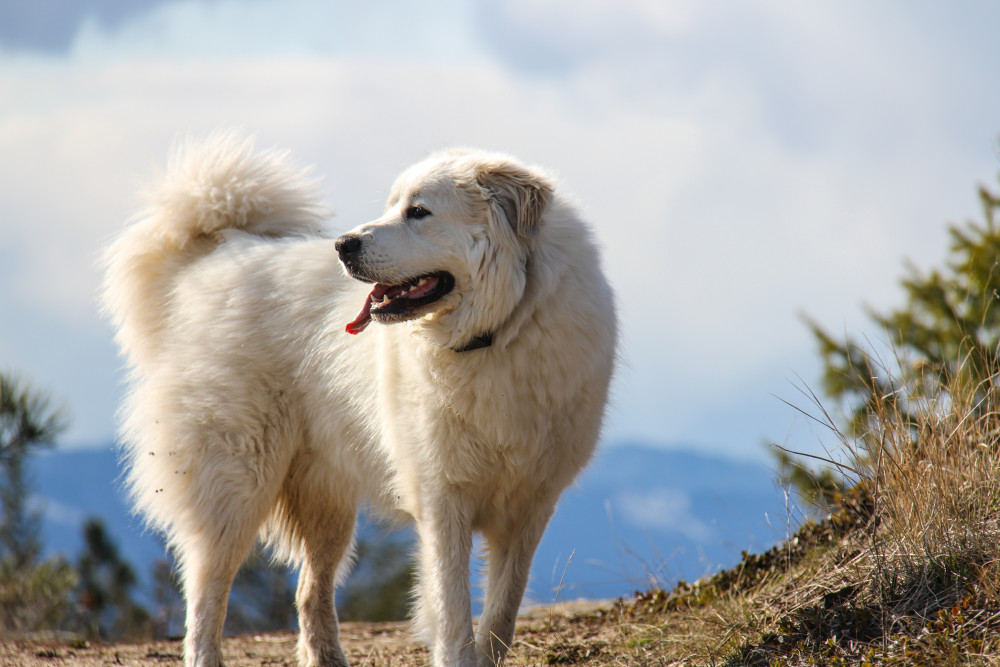Great Pyrenees

Great Pyrenees Training
Early socialization and puppy training classes are encouraged to help your Great Pyrenees pup grow into a well-adjusted and well-behaved companion. The sooner you get them into good habits, the better. Start with the basics, like sit stay, come and potty. Since they are independent thinkers, they might not response all that fast. Once those commands are out of the way, you can work on more complicated feats like agility. It’s also important to target bad behaviour, like chewing, biting or sleeping on the bed, off the bat. Enforcing good habits will go a long way.

Selecting a Great Pyrenees Puppy

Great Pyrenees Puppy Ears
Great Pyrenees ears are small to medium in size, V-shaped with rounded tips and set at eye level. Check for debris and excessive amounts of wax. Healthy puppies will have clean ears with no signs of discharge, redness, inflammation or pungent odour. If the puppy is aggressively scratching or pawing their ear, tilting their head or excessively flipping their head, it may also be a sign of discomfort. Breeds with floppy ears are more prone to infection or disease.